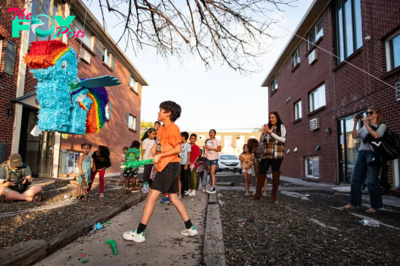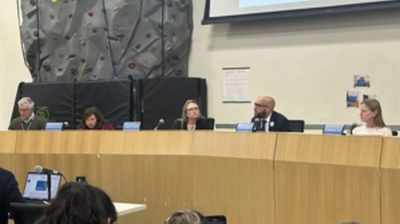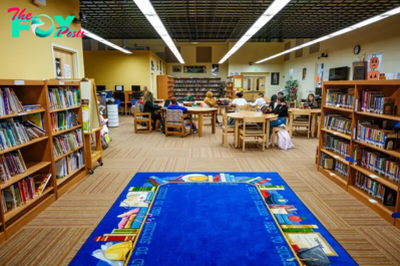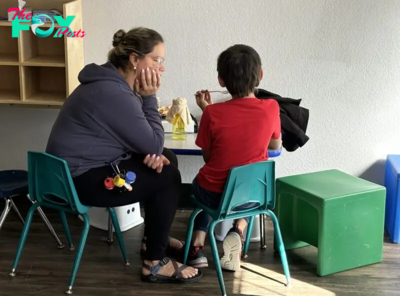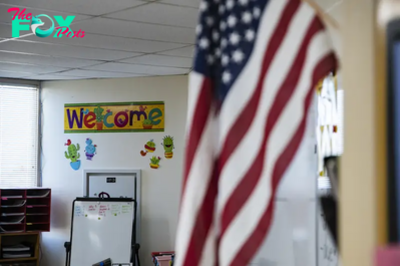Education
What does the future of Colorado school funding look like? Here are the questions hanging over districts.
For many school districts across Colorado, much of this year’s legislative session has come with swells of emotion, starting with a long-awaited moment of celebration when lawmakers and Gov. Jared Polis committed to funding districts to the level required by the state constitution for the first time since the Great Recession.
Even while fulfilling that promise, lawmakers still won’t meet the full funding needs of school districts, but many education advocates and leaders have echoed one another in saying it’s a significant step in the right direction.
Now, in the final weeks of the session, some of the excitement shared by districts is turning into something else: angst.
Serious questions about the long-term future of school funding are weighing heavily over education organizations and district leaders, who have been waiting for legislation that could significantly change how Colorado schools are funded and how much state funding they receive.
Colorado’s school funding formula has distributed dollars to Colorado districts the same way for 30 years, despite regular legislative attempts to modify it. The school funding formula largely doles out funding to school districts based on the number of students they educate and the number of kids with additional needs they serve, including students with disabilities, kids who come from low-income households and those learning English.
The funding formula will likely remain in place next year as lawmakers consider a bill introduced last month that carries few changes — apart from increasing base funding per student by about $420, up to $8,496 and designating a permanent source of additional funding for rural districts.
The legislation cleared the Senate on Friday and is up for consideration next by the House.
But there has been more reason to believe lawmakers could finally move forward with revisions this year that would take effect beginning in the 2025-26 school year. After a task force released 60 pages of recommendations on ways to more effectively fund schools, lawmakers including House Speaker Julie McCluskie, a Dillon Democrat, began trying to figure out how to realistically implement some of their suggestions within the constraints of state funding.
McCluskie has not yet released legislation that would redesign how the state sends money to schools, but she told The Colorado Sun she plans to before the end of the session May 8.
“My formula, while it will certainly drive more dollars to the students that need it the most, I also want to make sure that all districts continue to see the current funding levels and that they don’t move backwards,” she told The Sun.
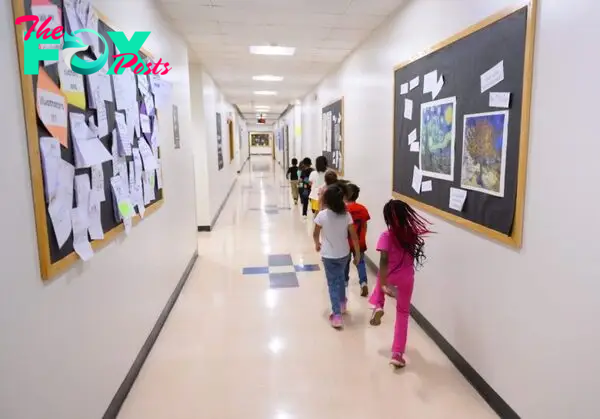
McCluskie has not spelled out specific details of the formula she plans to propose, but she said she wants to shift to a formula that will be “more student-centered,” in line with the task force recommendations. That means prioritizing state funding for students living in poverty, kids with special needs and students learning English.
“Our resources should match the needs of our students,” she said. “I am excited to bring forward a formula proposal that will make sure that we’re lifting up these students through our funding and driving more dollars again to our neediest kids in some of the neediest districts in the state.”
She also wants to consider a district’s size in the school funding formula, segmenting more funding for small districts across the state as well as account for how remote a district is since rural districts lack access to the same breadth of resources as districts in denser areas.
McCluskie has offered little information on how she would piece together additional funding needed to pull off her proposal: She says districts will receive no less funding than the amount they receive for the 2024-25 school year. She also aims to implement funding changes gradually, over four to six years.
Recommendations put forth by the task force call for an additional $539 million for education spending. McCluskie said she is looking at a dollar amount less than that. She wants to pull money from the state’s K-12 education fund and rely on increasing local revenues through a mechanism known as mill levy equalization, which has increased the amount of local tax dollars communities pump into their public education systems.
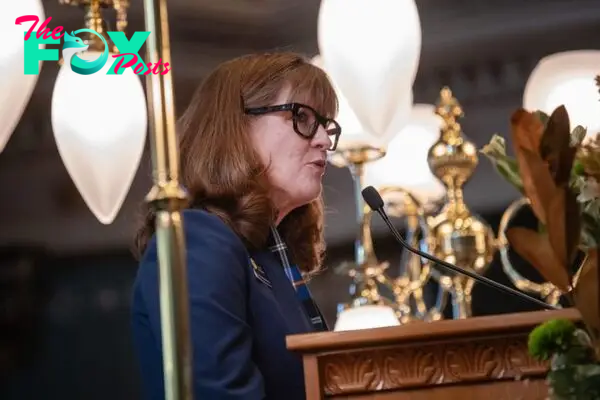
Education advocates and district leaders say that they won’t know how individual districts will fare until they see the full details of McCluskie’s legislation. But some are worried.
McCluskie has met with school district leaders in recent weeks after drafting at least three school funding proposals. One of her proposals sparked more questions than answers for some districts, prompting a group of 11 superintendents to band together to voice their concerns to McCluskie with a letter penned March 25.
“Each and every student in Colorado is worthy of a high-quality education with the best teachers, and that requires, first and foremost, adequate base funding, as well as funding that reflects the needs of each learner,” the district leaders wrote. “As superintendents, it is our responsibility to advocate for each and every one of our children and their futures. However, without a sustainable funding source and adequate base funding, we fear that your proposal will have a negative impact on the very students you wish to support.”
Does Colorado have a sustainable source of funding for K-12 education? It’s up for debate.
Colorado continues to fall behind other states with the amount of funding it devotes to education, trailing the national average by $2,000 to $2,500 in recent years, according to Tracie Rainey, executive director of the nonprofit Colorado School Finance Project.
-

 Education48m ago
Education48m agoWhat would it mean if President-elect Trump dismantled the US Department of Education?
-

 Education3d ago
Education3d agoPhiladelphia students have a new reading and writing curriculum − a literacy expert explains what’s changing
-

 Education3d ago
Education3d agoWhy school police officers may not be the most effective way to prevent violence
-

 Education5d ago
Education5d agoCampus diversity is becoming difficult to measure as students keep their race and ethnicity hidden on college applications
-

 Education6d ago
Education6d agoFederal judge rules that Louisiana shalt not require public schools to post the Ten Commandments
-

 Education6d ago
Education6d agoCampuses are ground zero in debates about antisemitism − but that’s been true for 100 years
-

 Education1w ago
Education1w agoSocioeconomic status explains most of the racial and ethnic achievement gaps in elementary school
-

 Education1w ago
Education1w agoMothers, metaphors and dyslexia: What language reveals about the challenges of a child’s learning disability
